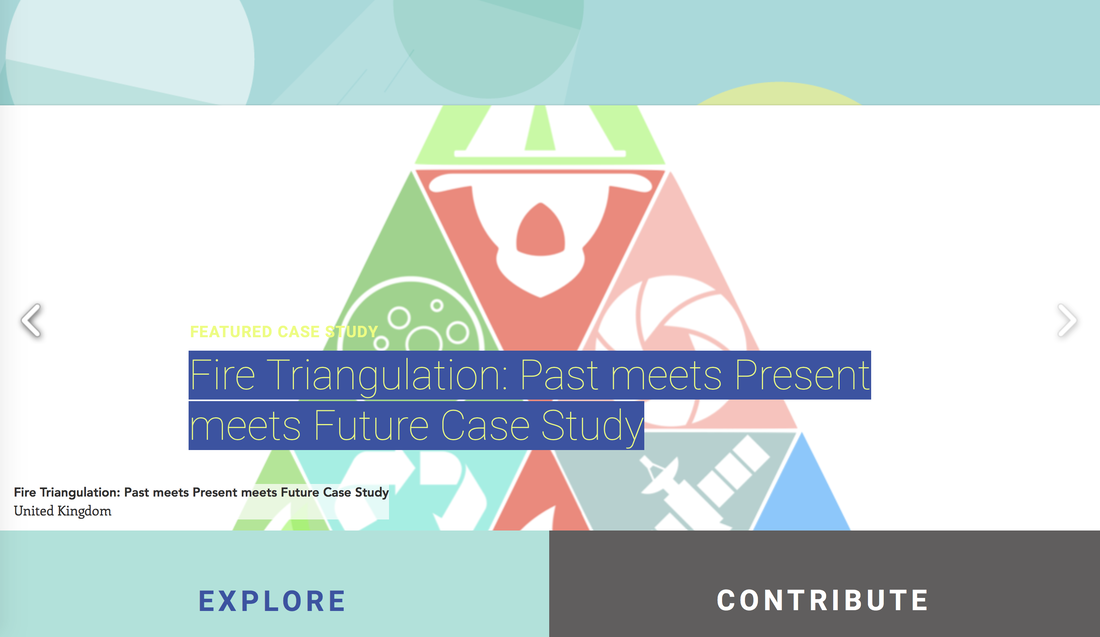|
Supported by institutions including the Stockholm Resilience Centre and the Stanford Woods Institute for the Environment, among others, Biosphere Futures is a global database of place-based socio-ecological scenarios, case studies, references, key literature, and practical resources spread across geographic locations, ecosystems, and spatial scales worldwide. Users can search for content based on several criteria, including the Sustainable Development Goals of the Agenda 2030.
With ample place-based socio-ecological scenarios, case studies, literature and other resources that have been made open-access, I have so-far contributed 3 scenarios and a first-in-kind case study [header above] and will be loading more works to the site as it grows. A beautifully conceived, designed, and curated collection, I have no doubt this new resource will prove helpful to many working in the futures space. Read more about the project, its aims, and resources below and at this link. Extract from Biosphere Futures: "The Earth is a living planet. As far as we know, the only living planet in the Universe. The “Biosphere” is the place on Earth's surface where life dwells, as defined in 1875 by geologist Eduard Suess. In 1968, the first intergovernmental Biosphere Conference was held in Paris. It was recognized that humans, including their social interactions, are an integrated part of the biosphere, and a key factor in modifying the biosphere. The Biosphere Conference declared firmly that the conservation and use of resources of the biosphere should go hand-in-hand rather than in opposition -- thus promoting what we now call sustainable development -- and that interdisciplinary scientific approaches should be promoted to achieve this aim. To that end, we created Biosphere Futures to promote the development and application of scenarios that explicitly incorporate interdependencies between humans and their supporting ecosystems. Our aim is to facilitate the use of social-ecological scenario planning for sustainable development of the Biosphere and help build a community of practice around social-ecological scenarios. We provide access to a rich collection of case studies from around that can be used to explore the various ways in which the future might unfold. Together, the case studies give insight into the diversity and plurality of people's expectations and aspirations for the future, and help understand interactions between the Sustainable Development Goals in different social-ecological contexts. Biosphere Futures is the product of a community effort. Case owners are encouraged to promote their work by contributing information about their study and share references to their products."
0 Comments
Your comment will be posted after it is approved.
Leave a Reply. |
AuthorMelissa Sterry, PhD, chartered design scientist, systems theorist, biofuturist, and serial founder inc. Bionic City® Bionic CityAsking the question "how would nature design a city" since 2010.
Archives
October 2023
Categories#bionics
#biotech #biodesign #bioscience #biomimetics #biotechnology #bioengineering #bioinnovation #bioaesthetics #biorevolution #bioenterprise #biosystems #biocreative #biofuturism #biofutures #biocentric #biofacture #biotecture #biovation #biofiction #biourban #biocities #biolab #bioart #STEM
#STEAM #STEAMED #STEMcomms #STEAMcomms #STEAMEDcomms © Bioratorium Limited & Melissa Sterry
2021 All Rights Reserved |

 RSS Feed
RSS Feed

